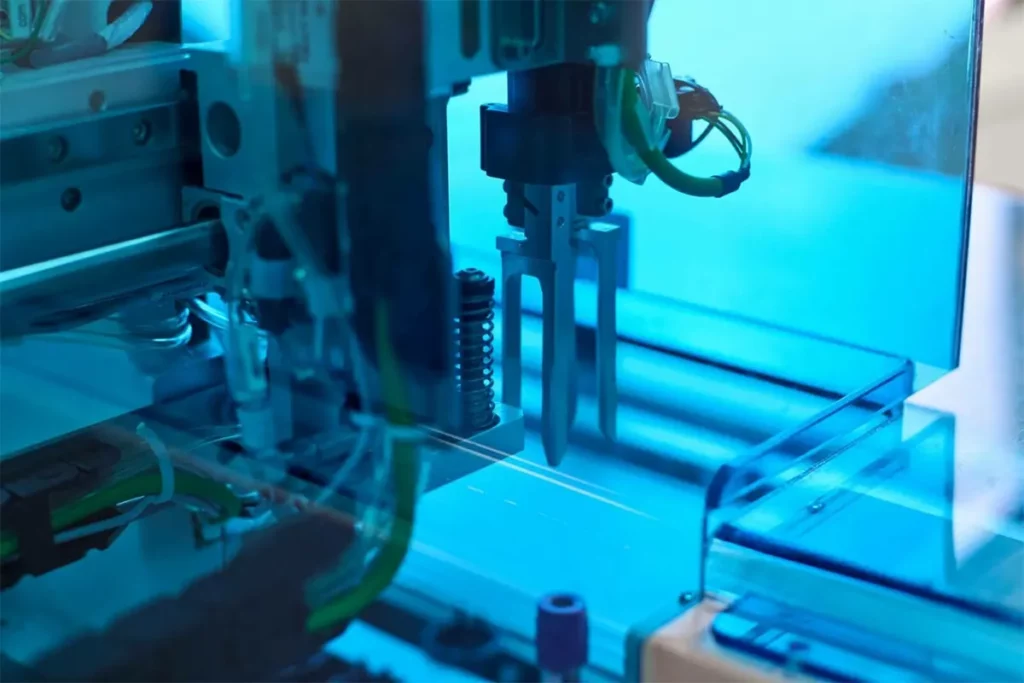Water has really played a pivotal role in the growth and development of society throughout the course of history, with considerable amounts consumed in various industries and through municipal use. The manufacturing industry is not excluded – in the US alone, over 18.2 billion gallons (68 billion litres) are used per day for industrial purposes.
As water demand and use increase over time, water waste and increased carbon emissions will become issues that manufacturers need to keep in mind. So, how can manufacturing become more water-efficient and work towards reducing emissions?
How much water is used in manufacturing processes?
Many of the processes involved in manufacturing not only consume large amounts of water, but also produce a lot of carbon. It’s been found that every cubic metre of water consumed creates roughly 23 pounds (10.6 kilograms) of carbon emissions on average. But just how much water is being used on a regular basis and how can water consumption and carbon emissions be reduced?
Apparel: Apparel production and processing require substantial amounts of water, with reports estimating that the fashion industry uses roughly 93 trillion litres of water per year – around 4% of the world’s freshwater supply – and this is projected to double by 2030. (Learn more about how Industry 4.0 is transforming textile manufacturing.)
Electric power: Electrical power plants rely heavily on water as it is used extensively for cooling and scrubbing. For example, fossil fuel plants need around 140 litres per kilowatt-hour of electricity produced, while nuclear power plants require 200 litres. Without enough water, these plants cannot run optimally and may even have to halt operations during instances of drought.
Paper: The forest products sector in the US consumes large volumes of water for pulp and paper manufacturing, using anywhere between 4,500 gallons (17,000 litres) per ton to 17,000 gallons (64,000 litres) per ton of paper produced. To put this into perspective, it takes roughly 20 litres of water to produce a single A4 sheet of paper.
Semiconductors: Silicon chip cleaning utilises billions of litres of water annually, with a single chip often requiring up to 7,900 gallons (29,900 litres) to produce. Part of the chip cleaning process requires the use of Ultrapure Water (UPW) – water that has been treated and filtered to the highest levels of purity. Approximately 1,400 to 1,600 gallons (5,300 to 6,000 litres) of municipal water is needed to produce 1,000 gallons (3,785 litres) of UPW.
Ways to improve water efficiency
Water efficiency in industrial production can be improved by changing the way we behave, modifying our operational processes and upgrading our technology. Improving water efficiency can reduce carbon emissions and bring about a range of sustainability, cost and operational benefits.
Changing behaviour
- At a fundamental level, businesses can foster greater awareness and understanding of water consumption and waste so that workers are more mindful of personal water use. Workforce water usage patterns can also be monitored and tracked, to fuel broader policymaking.
Enhancing operational processes
- Water conservation can be incentivised at a regulatory level so that manufacturers will take action to improve water efficiency.
- Water should be reused and recycled throughout the manufacturing process to limit water waste.
Upgrading technology
- Leak detection systems should be installed for regular monitoring, maintenance and repairs.
- Water recycling units with robust filtration systems should be installed so water can be reused, and wastage can be reduced.
- Smart water filtration devices can help to provide advanced analytics and data so that filtration processes and water quality can be monitored.
Enabling more water-efficient and sustainable manufacturing
Industrial activity consumes a significant amount of water through both operational processes and human use. Without the right mitigation strategies, this will lead to higher financial, operational and environmental costs.
Manufacturing companies must implement strategies to improve water efficiency so as to enhance their productivity while improving sustainability. For instance, having the right sustainability strategies and frameworks, like COSIRI, can provide guidance to both manufacturers and consumers. This will enable improved sustainability initiatives and empower consumers with the knowledge they need to select the most sustainable products and services.
Learn more about COSIRI and how it will transform the manufacturing industry to become more sustainable through greater transparency and improved governance.
Subscribe to our monthly newsletter for the latest industry news and updates.



